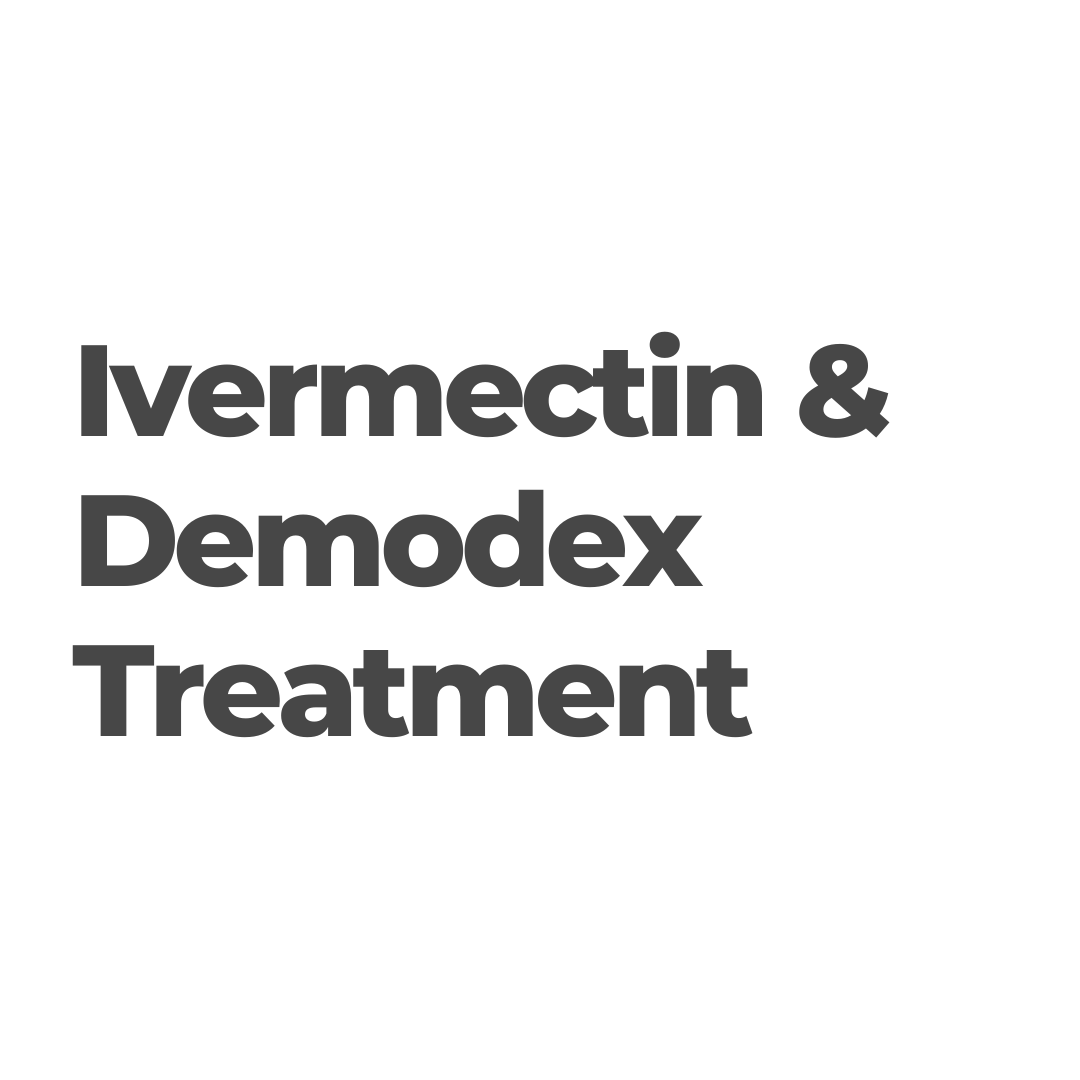The Impact of Diet on Dry Eye Disease: Exploring the Connection
The Tear Film and Ocular Surface Society (TFOS) has released a report (2023) examining the effects of lifestyle choices on the health of the ocular surface, specifically highlighting the influence of nutrition.
Impact of Nutrition & Dry Eyes
When it comes to preventing and managing dry eye disease, the optimal dietary intake is still not fully understood. However, understanding the impact of diet on dry eye disease involves considering macronutrients (carbohydrates, lipids or fats, and proteins), micronutrients (vitamins and minerals), and hydration.
Fats
There is evidence suggesting that polyunsaturated fatty acids, particularly omega-3 fatty acids, can help alleviate dry eye-related inflammation.
- Omega-3 fatty acids, found in oily fish like salmon, nuts, and seeds, have known anti-inflammatory properties.
- Omega-6 fatty acids, found in foods like corn, meat, poultry, and eggs, should be consumed in balance with omega-3.
While modern Western diets tend to have an imbalance, with an omega-6 to omega-3 ratio as high as 30 to 1, the recommended ratio for optimal health is less than 4 to 1.
Studies have shown that higher omega-6 to omega-3 ratios are associated with an increased risk of dry eye disease. Consuming more omega-3 fatty acids has been found to reduce the risk of dry eye, with each additional gram consumed per day leading to a 30% reduction in risk.
Limited evidence suggests that extra virgin olive oil and primrose oil may have beneficial effects, but further research is needed. Other vegetable oils, sugars, and artificial sweeteners have only indirect evidence for their impact on dry eye disease.
Micronutrients
Vitamin A, B12, C, and D are particularly important. Vitamin A deficiency is a common cause of ocular disease and malnutrition. Selenium levels in tears have been found to be decreased in dry eye models, and low levels of tear lactoferrin have been associated with the development of dry eye disease.
Hydration
While increased water intake has not been directly linked to improved dry eye or ocular surface outcomes, staying hydrated has overall health benefits. Plasma osmolality and tear osmolarity are strongly correlated, highlighting the importance of hydration for the ocular surface.
Excipients, additives and non-nutritional components
Endocrine-disrupting chemicals (EDCs)
Endocrine-disrupting chemicals (EDCs) found in the environment, food, and personal care products can interfere with the body's endocrine system. EDCs may impact the diversity of the gut microbiome, which plays a role in dry eye disease.
A well known example is Bisphenol A (BPA), used in plastics have been shown to affect the immune response in patients with Sjögren's syndrome.
Parabens
Parabens are a group of chemicals commonly found in various products like shampoos, makeup, and even food items such as mayonnaise and soft drinks. A recent study discovered significant positive correlations between the presence of parabens in urine and dry eye signs.
Mercury
Mercury poisoning usually occurs through the consumption of mercury-contaminated seafood. It has been associated with increased tear osmolarity, altered tear cytokine levels, and changes in subbasal corneal nerve morphology. Additionally, elevated blood concentrations of mercury have been linked to dry eye symptoms.
Alcohol consumption
Studies have shown that even a single event of alcohol intake can lead to increased tear osmolarity, shortened tear breakup time, and more ocular discomfort in the hours following consumption. However, the association between alcohol and dry eye is considered weak, and heavy drinkers do not appear to have an increased risk.
Food additives
Food additives, nanoparticles, emulsifiers, and flavour enhancers, while increasingly associated with negative health effects in the body, have not yet been thoroughly researched in terms of their impact on the ocular surface.
What impact do different diets have?
Mediterranean diet has shown direct evidence of benefiting the ocular surface due to its anti-inflammatory properties. Higher adherence to the Mediterranean diet has been associated with a lower likelihood of developing primary Sjögren's syndrome.
Studies have shown that a Mediterranean diet supplemented with extra virgin olive oil and nuts, along with physical activity, can improve the signs and symptoms of dry eye disease.
Can supplements help with dry eyes?
Omega-3 polyunsaturated fatty acids have been extensively studied. Meta-analyses have shown that omega-3 supplementation decreases dry eye symptoms and signs.
Vitamin A supplementation has also been reported to improve dry eye symptoms.
Other supplements like caffeine, Manuka honey, and curcumin have shown some positive effects but require further research for definitive conclusions.
Impact of gut microbiome and its modulation
The gut microbiome has gained attention in various systemic diseases, including dry eye disease. Imbalance or dysbiosis in the gut microbiome has been found to be prevalent in patients with Sjögren's syndrome.
Preliminary studies have shown that prebiotics and probiotics can improve both the signs and symptoms of dry eye disease.
Does systemic disease as a result of diet also impact dry eye?
Systemic disorders affected by diet and nutrition, such as obesity, dyslipidemia, hypertension, and metabolic syndrome, have also been associated with dry eye disease. Understanding the link between these systemic disorders and ocular surface health is crucial in providing comprehensive care.
What Vitamins and Supplements help with Dry Eye?
Vitamins, crucial organic compounds necessary for normal cell function and growth, are not naturally produced by the human body. There are 13 indispensable vitamins, including key players like vitamin A, D, E, and K, which are fat-soluble, and vitamin C along with all B vitamins, which are water-soluble. To ensure their effectiveness, fat-soluble vitamins should be consumed with dietary fat and can be stored, while water-soluble vitamins need regular intake.
Vitamin A for Dry Eyes
Recent studies on dry eye disease in mice models have revealed a significant association between Vitamin A and the reversal of squamous metaplasia. Clinical findings demonstrate that short-term Vitamin A supplementation improves tear quality in dry eye patients.
Vitamin B12 for Dry Eyes
Vitamin B12, crucial for DNA synthesis, has shown promise in treating dry eye patients, particularly those with severe disease. Patients with vegan diets are often deficient in B12. Studies indicate improvement in tear function following B12 supplementation, either through eye drops or intramuscular injection.
Vitamin C for Dry Eyes
Vitamin C plays a vital role in the tear film's antioxidant defence and corneal wound healing. In diabetic patients, supplementation with Vitamins C and E has proven effective in enhancing tear production, stabilizing goblet cell density, and addressing squamous metaplasia. Randomized trials further support the positive impact of a combination of Vitamins A, C, E, and herbal extracts on various dry eye parameters.
Vitamin D for Dry Eyes
A deficiency in Vitamin D has been linked to dry eye and impaired tear function. Vitamin D's protective role is evident in enhancing tear film parameters, reducing surface inflammation, and stabilizing the lipid layer.
When patients do not get enough Vitamin D in their diets, they may begin to experience inconsistently blurry vision, eyes that burn and/or tear, and even red eyes. Salmon, a Vitamin D-rich food, and sunlight exposure can contribute to improved Vitamin D levels.
Selenium and Lactoferrin for Dry Eyes
Selenium protein (Selenium P) plays a crucial role in various body tissues, particularly the ocular surface, and its deficiency is observed in individuals with dry eye disease. The insufficiency of this protein is believed to contribute to oxidative stress, a factor associated with dry eye conditions. Moreover, the concentration of lactoferrin in tears, another essential component, is diminished in patients experiencing dry eye symptoms. Lactoferrin serves as a protective shield for the corneal epithelium against UV rays.
Notably, studies involving animal models have showcased the potential effectiveness of selenium and lactoferrin in the treatment of dry eye disease.
Curcumin for Dry Eyes
Curcumin, known for its anti-inflammatory, antioxidant, and wound healing properties, may offer a promising avenue for treating dry eye disease. Studies indicate its potential in inhibiting factors leading to neovascularization, making it a candidate for both dry eye disease and neurotrophic keratitis.
Flavonoids for Dry Eyes
Flavonoids, abundant in fruits, vegetables, tea, cocoa, and red wine, have shown positive effects in mouse models. Topical application, especially with quercetin, increases tear volume, improves corneal regularity, and reduces inflammatory markers in dry eye.
Omega-3 Fatty Acids for Dry Eyes
Over the years, the role of nutrition, particularly omega-3 fatty acids found in fish oil, has been pivotal in eye care.
A significant 2015 study highlighted the potential of omega-3s in alleviating the signs and symptoms of meibomian gland dysfunction, crucial components for balancing the tear film. These lipids, integral in reducing ocular surface water evaporation, play a key role in preventing dry eye disease.
The underlying mechanism revolves around the ability of omega-3 in fish oil to combat corneal inflammation, identified as a primary contributor to dry eye. Rich in docosahexaenoic acid (DHA) and eicosapentaenoic acid (EPA), fish oil's omega-3 fatty acids extend beyond eye care, offering health benefits such as improved cardiovascular function, inflammation reduction, mitigation of peripheral artery disease, and anticoagulation.
Despite a 2018 National Institute of Health study (DREAM study) suggesting no superior efficacy of orally administered omega-3 fatty acids over a placebo in relieving dry eye symptoms, subsequent research has challenged these findings.
Critics of the DREAM study underscore its limitations, including inconsistent dosages and varied omega-3 sources. Recent investigations, however, have reaffirmed the positive impact of omega-3 in enhancing both signs and symptoms of dry eye. Consequently, recommending omega-3 as part of nutritional interventions for dry eye remains a steadfast standard of care for patients.
Fish Oil for Eye Health Guide
Start appropriate patients on 2-3 servings of low mercury, cold water fatty fish per week:
- Sardines
- Sockeye Salmon
- Anchovies, Mackerel
- Wild Trout
- Fish/krill oil supplements 1000-1500mg/day
Precaution:
- Excessive bleeding:
- Administering EPA and DHA at doses exceeding 3000 mg per day may elevate the risk of bleeding. Consider this especially if patients are using blood thinners or taking supplements with known anticoagulant effects such as Aspirin, Clopidogrel bisulfate (Plavix), and Warfarin (Coumadin).
- Immunocompromised:
- Given that the combination therapy of omega-3 and -6 effectively suppresses inflammatory responses and benefits individuals with inflammatory or autoimmune conditions, exercise caution in cases of compromised immune systems due to reduced ability to combat microbial pathogens.
- Upset stomach:
- Higher doses of fish oils and the less digestible EE forms of supplementation are more likely to lead to indigestion, diarrhoea, constipation, and those infamous "fishy burps."
Reduce omega-6 fatty acid consumption:
- Industrial seed oils
- Excessive nuts/grains
- Processed foods
- Farm-raised fish
Optimize omega-6/omega-3 ratio:
- Omega-3 dose (typically 2000mg or more)
- EPA-to-DHA ratio (typically 2:1, such as, 1000mg EPA to 500mg DHA)
Reference: Markoulli, M., Ahmad, S., Arcot, J., Arita, R., Benitez-del-Castillo, J., Caffery, B., Downie, L. E., Edwards, K., Flanagan, J., Labetoulle, M., Misra, S., Mrugacz, M., Singh, S., Sheppard, J., Vehof, J., Versura, P., Willcox, M. D. P., Ziemanski, J., & Wolffsohn, J. S. (2023). TFOS Lifestyle: Impact of nutrition on the ocular surface.






